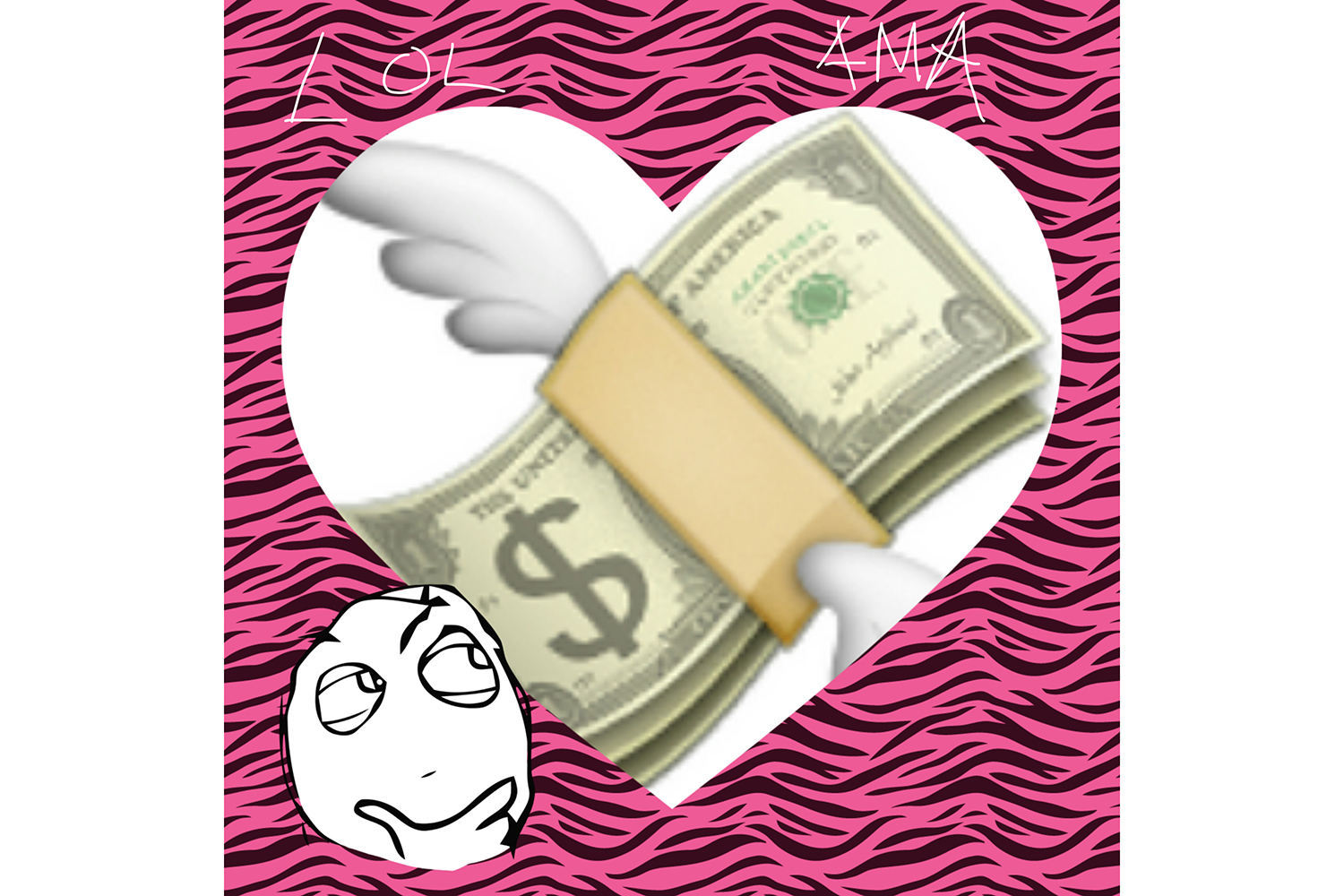#alityism
There are a lot of art students in NY. And a lot of MFA grads too. One of the issues that’s come up quite a lot, is how to prepare art students for the real world. “Real World.” What’s the value of an art education? I think these are great questions to ask, but they’re not the only questions that we should be asking. What I think I’m coming to grips with is that there is absolutely no way to teach someone how to be an artist. Students will be either over prepared or underprepared, both kind of suck and it’s what’s led us to where we are today. I’m calling it, the #alityism of the artist. And I’m blaming everyone except me.
Before I started my formal education as an artist—lectures, talks, and conversations were my introduction to the art world. They gave access to a world that I knew nothing about. I wouldn’t say that it was entirely easy, but when I could get past my anxiety of crossing class boundaries and feeling out of place, I got a front row seat to hearing how artists think. And sometimes on a pretty intimate level. These brief conversations laid the groundwork for my looking, thinking, and talking about art. It was exciting and fascinating to hear how other people—sometimes artists, sometimes not—viewed or explained a work. The questions that they were interested in. The questions that they weren’t interested in. What drove their practice. Even the use of the word, “practice.” Part of what was so great was that it was all new to me. And these people were my guides. And for a while, I always felt like I was learning something new.
Now, I went to grad school in New York, and I’ve been a pretty active lurker in the art and education community. I’ve noticed that most of the students that I come across, what they want is value. And it’s really easy to fall into the logic of believing that you deserve things. That if you put in enough [money], you should get a neatly wrapped and preserved career as an artist. I completely understand wanting all of the money that you’re spending on education, projects, residencies, and submissions to mean something. But the art world isn’t a zero-sum game—it’s not a balanced equation that you can solve.
We have this nasty habit of thinking of everything like a business. How to Save the World? Treat It Like a Business. How to Make Marriage Work: Treat It Like a Business. Art and Business 1,490,000,000 results. Even you are a business. It forces everything into a system that isn’t actually meant for It ruins economies that don’t prioritize wealth.
The irony, of course, is that “business” logic can kill its own host, like any parasite. When taken as an end in itself, it destroys everything — and then there’s nowhere else to invest, no more areas producing real values that can be siphoned off into the giant pool of money. The imaginary values that finance has racked up then become the object of a game of hot potato, furiously churning through the system until the point when they simply disappear (i.e., lose all their value). That’s what running everything “like a business” does — it trades real value for imaginary value that is then destroyed.
Adam Kotsko (from Like a business)
The only real viable option for an art educator is to just be an artist and let other people see you. Whatever this experience is of being an artist, it’s a process of becoming. And you’ve got to figure out yourself.
 One of the dangerous things that’s happening is that schools are beginning to cater to students’ and parents’ worries (I know of one school that has a photography course titled, “Free Money.” Make of that what you will). Urged on by political pressures to prove the value of what they’re teaching, art programs everywhere are doubling down on practices that have nothing to do with providing a solid education. Every school has one of those really popular classes with a hip youngish faculty member that low-key doesn’t know what normcore is but totally keeps up with the memes and irony of Brooklyn even if they’re over it. And those courses are always sexy rebranded versions of professional development courses. The kind of course that tells you about the necessity of an elevator pitch, a bio, and a cv and business cards always at the ready. Because opportunity knocks lightly, and its attention is fleeting! And sure, for the most part, fine I’ll agree with that. But what I don’t like is that it breeds a kind of desperateness. It turns students into aggressive networky proselytizing sycophants that are way too eager to tell you about their work because everything is riding on being prepared (think about how seriously most of us take doomsday preppers).
One of the dangerous things that’s happening is that schools are beginning to cater to students’ and parents’ worries (I know of one school that has a photography course titled, “Free Money.” Make of that what you will). Urged on by political pressures to prove the value of what they’re teaching, art programs everywhere are doubling down on practices that have nothing to do with providing a solid education. Every school has one of those really popular classes with a hip youngish faculty member that low-key doesn’t know what normcore is but totally keeps up with the memes and irony of Brooklyn even if they’re over it. And those courses are always sexy rebranded versions of professional development courses. The kind of course that tells you about the necessity of an elevator pitch, a bio, and a cv and business cards always at the ready. Because opportunity knocks lightly, and its attention is fleeting! And sure, for the most part, fine I’ll agree with that. But what I don’t like is that it breeds a kind of desperateness. It turns students into aggressive networky proselytizing sycophants that are way too eager to tell you about their work because everything is riding on being prepared (think about how seriously most of us take doomsday preppers).
I saw this video the other day on Facebook. It’s the former president of Uruguay, José Mujica.
We invented a mountain of superfluous needs. You have to keep buying, throwing away … It’s our lives we are squandering. When I buy something, or when you buy it. We’re not paying with money. We’re paying with the time from our lives we had to spend to earn that money. The difference is that you can’t buy life. Life just goes by. And it’s terrible to waste your life losing your freedom.
I got into art because I didn’t like the structure, the rules that said you must do it this way, and only this way because, Tradition. There was freedom here. And yet, the way we’re beginning to talk about art as a kind of career, as a business, it’s completely at odds with, what to me is the most exciting aspect of art-making. Wayne Koestenbaum talks about writing as being like exposing yourself to an audience and asking what they think. I think the same is true for art. Anything worth saying is going to be difficult. And if you already know the answer, what’s the point of asking the question?
Charles Traub said something at my MFA orientation that I still think about today. He said, “I’m not a rich man, but I live a rich life.” You can’t buy this kind of experience.

